In a previous post, Mario Maldari writes about his first week at Jama Software and gives insight into the Jama Software community and company culture.
Version 1.0 – The beginning
It’s hard to imagine that I started my career over 20 years ago, working on requirements management software. I had just moved out to Boulder, Colorado from Boston and began work as a software test lead on a popular requirements product named RequisitePro. Over the next three years I saw the product evolve from a “floating tool bar” (that was to accommodate users who were comfortable with using Word and Excel) to a full-blown application with folder-based hierarchy and feature reach functionality. Other experimentations occurred during this time, which included plugins to VSNET and Eclipse. Our main competitor was a product from Telelogic named “DOORS.” These were indeed exciting times as the software industry seemed to be constantly evolving and we were working hard to keep up!
Version 2.0 – Evolution
In 2003, Rational Software was acquired by IBM®. New technology, architecture, and clients were all added to help shift and shape the software. Rational® became part of the larger software group with giants like DB2 and Websphere. The old suite of products were reinvented with Requirements Composer being the key offering for requirements management, which later evolved in to IBM® DOORS® Next®. There was a focus on Rich Text editing to better accommodate clients who were using documents and spreadsheets.
In 2007, Telelogic was acquired by IBM and my two worlds combined. It was great to partner with what was once the competition and I met some of my favorite colleagues during this time. Efforts were made to capture the best of both Rational and Teleologic and combine them in to one offering. The products evolved and grew more complex to address the many varied industries they were intended to support.
Version 3.0 – Change and growth
Often times, we see smaller companies who don’t anticipate the need for formal requirements management early on. They will either not track requirements or try and manage them using a spreadsheet or document. When faced with a regulatory audit, they quickly realize the need for a more formalized method and strategy for tracking their requirements. Equally as important, is showing how the requirements have been verified and validated. The informal means of tracking requirements can prevent scale and hinder the growth of a business. It is essential to plan early and strategize on an approach to formally track requirements across the lifecycle.
Requirements management software is needed across all industries and must accommodate a myriad of standards. It must be simple to use, but powerful. It must be customizable, but effective “out of the box.”
I’ve found the following key characteristics as essential needs for any good requirements management tool:
- Usability and simplicity
- Clear traceability and suspect tracking
- Version and baseline tracking
- Import, export, and reuse
- Collaboration and reviews
- Reporting and audit support
- Verification and Validation
The tooling and feature set itself is important, but what is also needed is a company that can support their clients through proactive thought leadership, guidance and industry specific templates and material that increase time to value.
My version 3.0 requirements management journey has recently led me to Jama Software as a solutions architect supporting the aerospace and defense vertical. Jama Software develops the Jama Connect requirements solution. In addition to a great requirements management tool, they are industry experts, and provide expert thought leadership and best practice guidance to their clients. This level of knowledge is a key distinguishing factor when searching for a requirements management tool. I am happy to be part of this extremely energetic, client focused company and truly looking forward to this version of my career in requirements management!

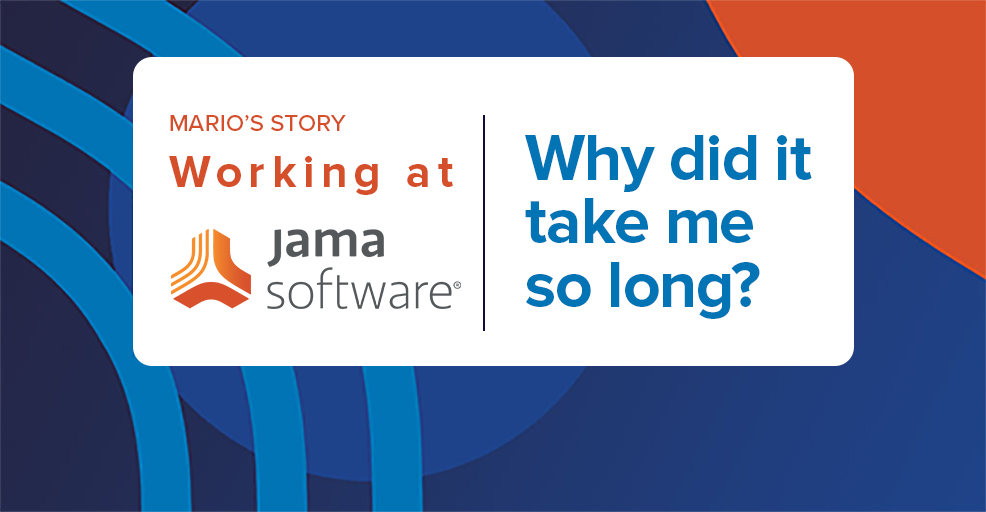
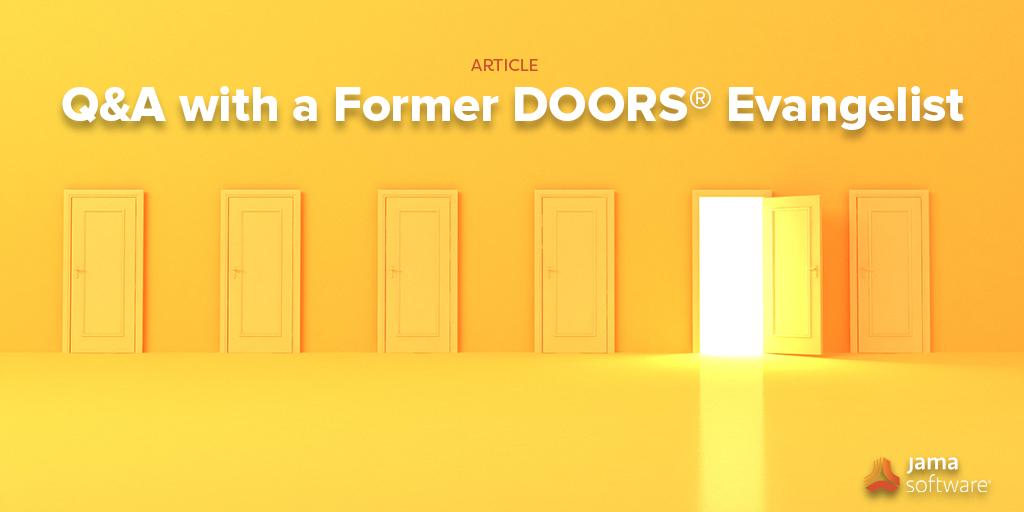
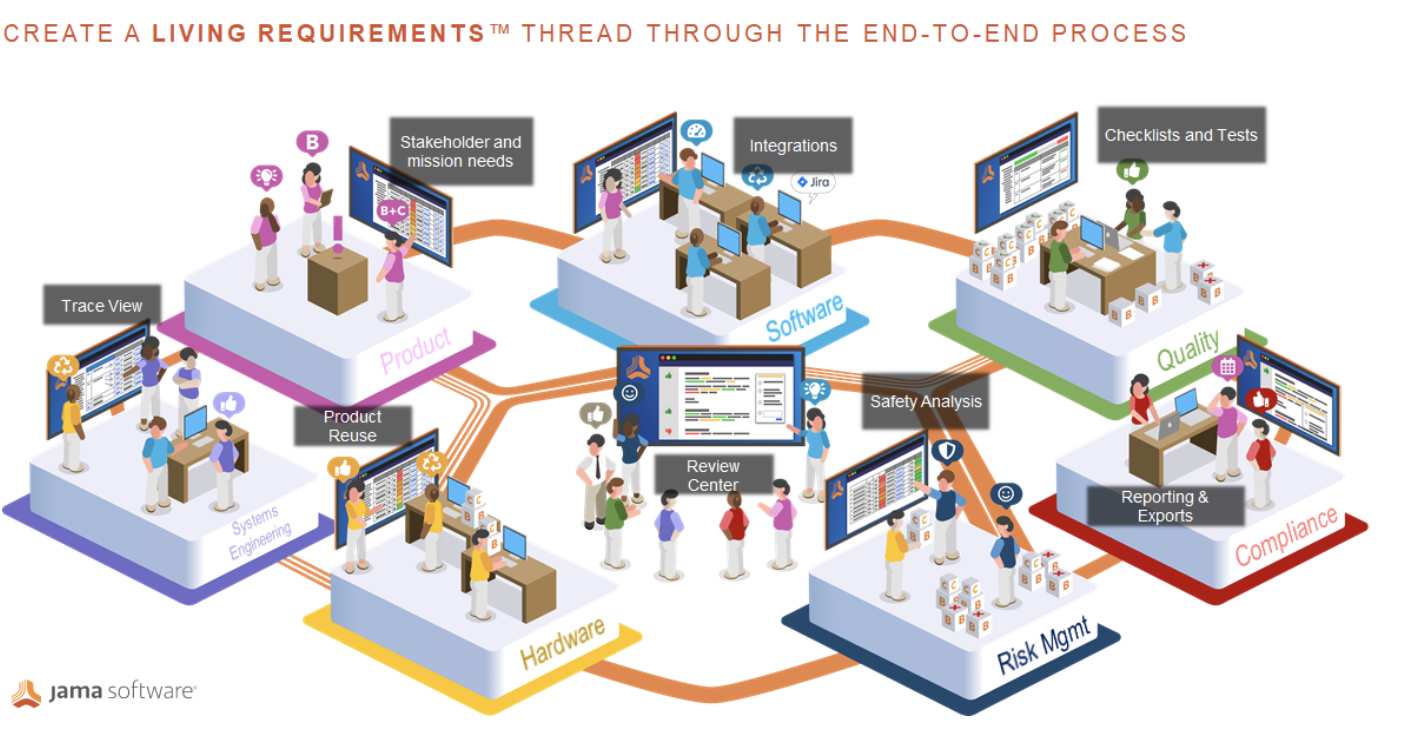
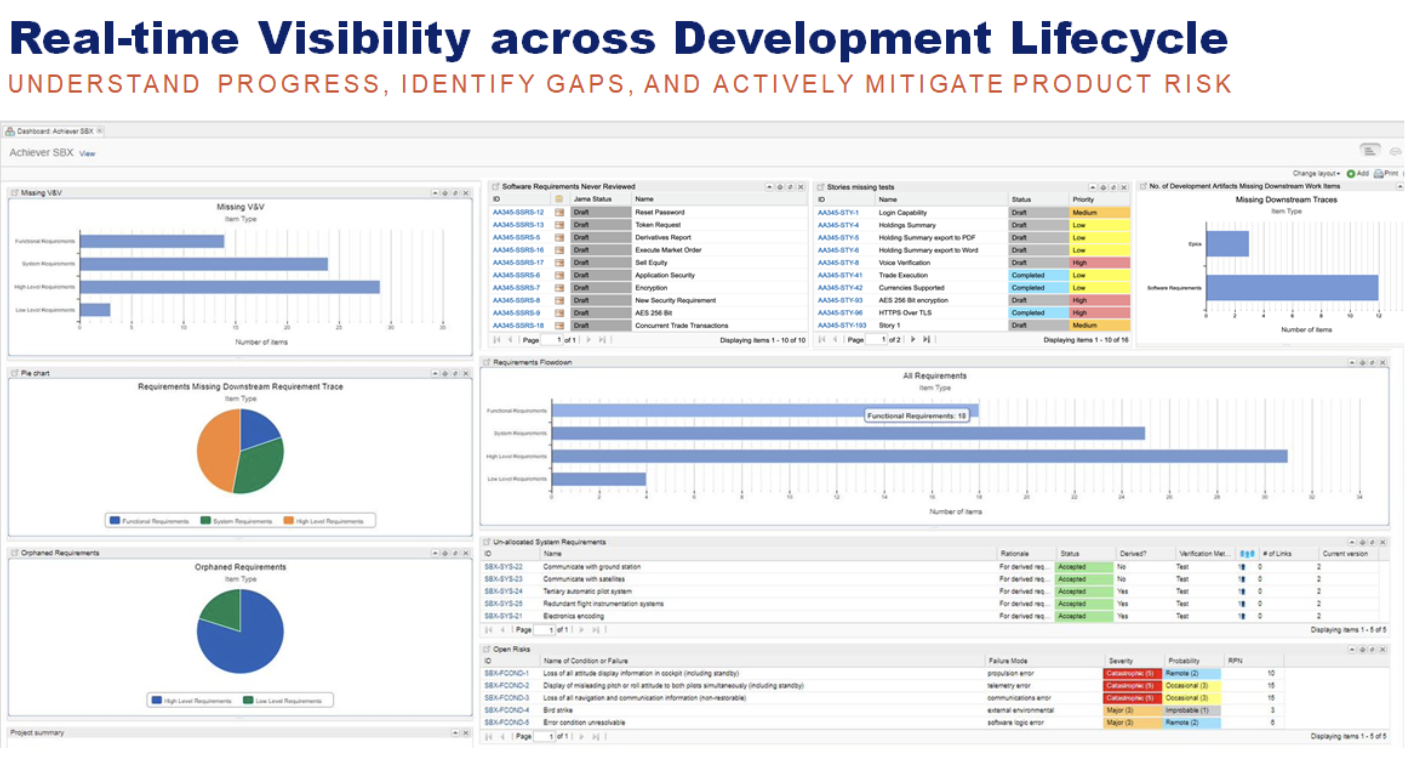
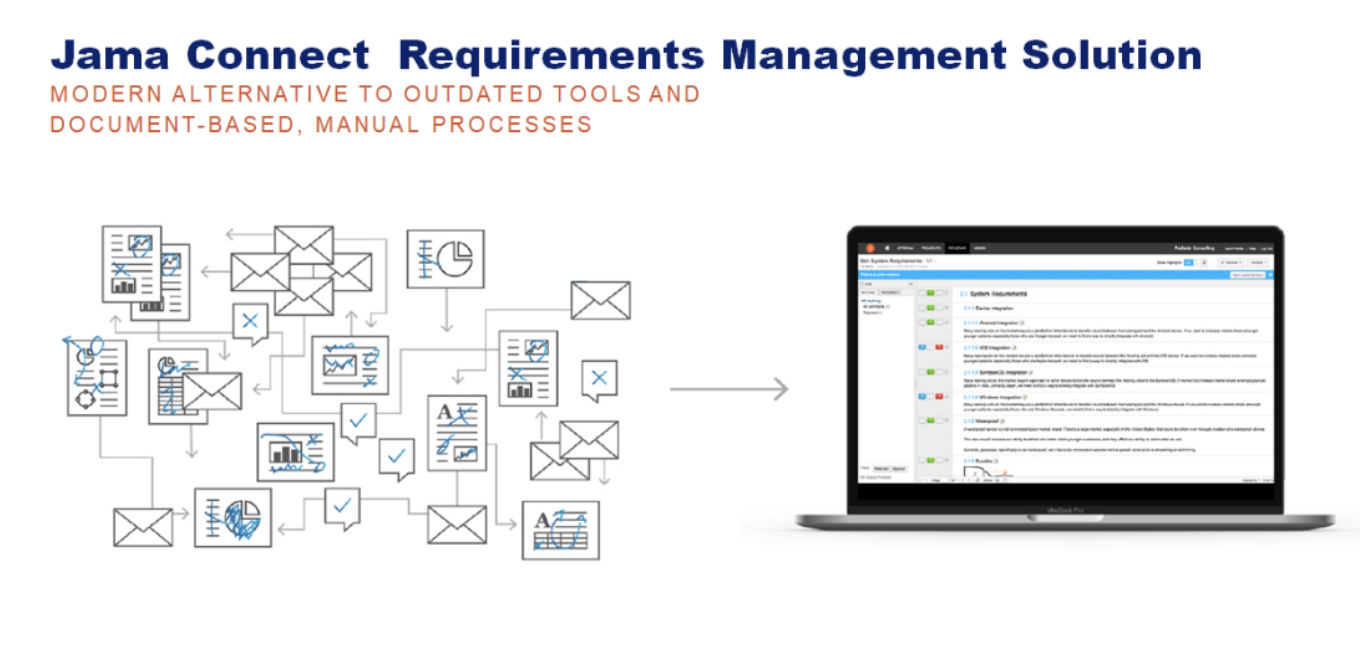
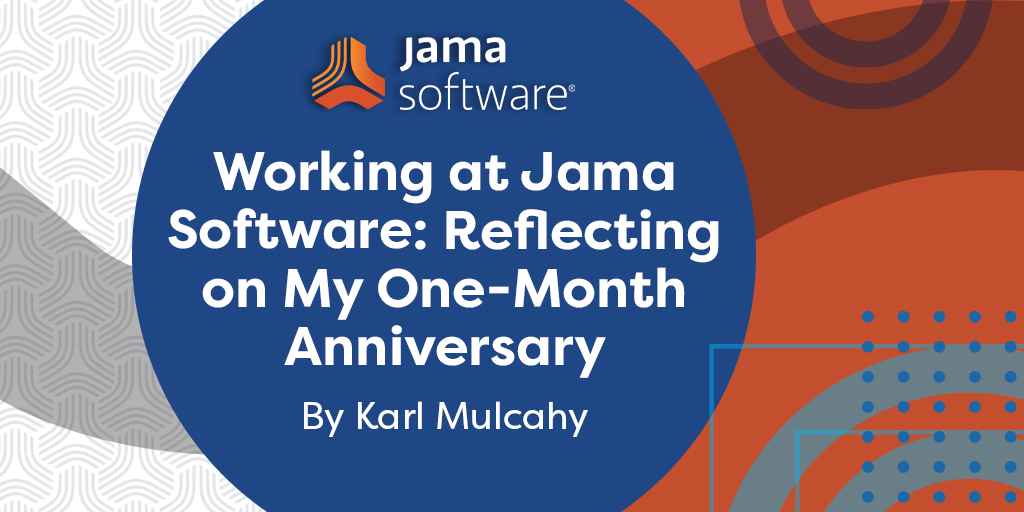 As I’m writing this, I can’t believe I’m already passed my first month working at Jama Software as a new Jamanian, but what a month it’s been!
As I’m writing this, I can’t believe I’m already passed my first month working at Jama Software as a new Jamanian, but what a month it’s been!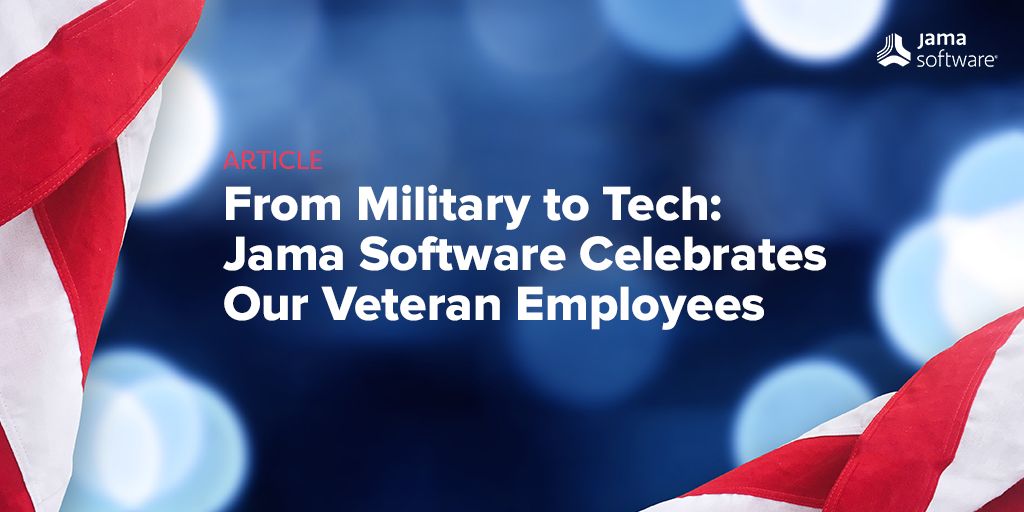 At Jama Software, we have the utmost respect for those who serve in the United States Military, and we honor them today and every day.
At Jama Software, we have the utmost respect for those who serve in the United States Military, and we honor them today and every day.







